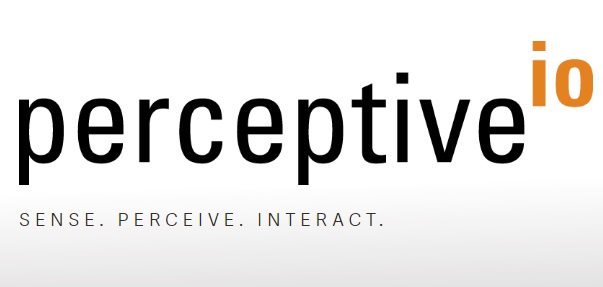Microsoft Surface Hub chief, Holoportation researchers leave to form stealth startup

The head of Microsoft's Surface Hub, along with a cadre of Microsoft researchers working on Holoportation and other computer vision and learning projects, have left the company to form a new stealth startup called perceptiveIO.

Jeff Han, whose LinkedIn profile lists him, as of May 2016, as Co-Founder and CEO of perceptiveIO Inc., was the founder of Perceptive Pixel. In 2012, Microsoft bought Perceptive Pixel -- and ultimately used that technology as the foundation for its large-screen Surface Hub conferencing systems. (Han seemingly left his post as Partner General Manager of Microsoft's Surface Hub Devices Group some time around October 2015, according to LinkedIn.)
PerceptiveIO's web site doesn't shed a whole lot on what the company is planning to make beyond "beautifully designed and engineered systems at the intersection of novel hardware and software."
The perceptiveIO systems will be designed to "perceive and interact with the world in real time," the company's web site says. They'll also attempt to change how people interact with computers via some kind of mix of computer vision, applied machine learning, "novel displays," sensing, and human-computer interaction.
The Walking Cat (@h0x0d) on Twitter has been rounding up the names of various Microsoft employees who've recently left the company to join perceptiveIO. Among them are several Microsoft researchers, including some who've been working on Microsoft's Holoportation project.
Holoportation allows individuals with mixed-reality devices, including the HoloLens to see and interact with remote participants in 3D as if they were actually present in their physical space. Microsoft researchers have been working on Holoportation in various incarnations, over the past few years.
Christopher Rhemann, now Senior Scientist at perceptiveIO, is one of those who had worked on not only Holoportation and HoloLens, but also Xbox, Surface and other interactive 3D technologies under development at Microsoft.
Sameh Khamis, also a Senior Scientist at perceptiveIO, like Rhemann, was part of Microsoft Research's Interactive 3D Technologies group. He also formerly worked on Holoportation, which he notes on his personal web site is "a new type of 3D capture technology that allows high-quality 3D models of people to be reconstructed, compressed and transmitted anywhere in the world in real time."
Ardash Kowdle, another newly minted Senior Scientist at perceptiveIO, was formerly a Microsoft researcher working in the Applied Vision and Imaging team. He worked on Surface Hub, as well as Holoportation, according to his LinkedIn profile. Other former Holoportation team members now at perceptiveIO include Mingsong Dou and Sean Ryan Fenello.
Update: Shahram Izadi, Co-founder and Chief Technology Officer at perceptiveIO, also is a former Softie. Until May 2016, he was a Partner Researcher and Research Manager in Microsoft Researcher's i3d group and worked with teams on Holoportation, HoloLens, KinectFusion and more.
I wonder if anyone's left on Microsoft's Holoportation team. I especially wonder, given the company's recent visionary video about its plans for involving OEMs in Windows 10-centric mixed reality seems to imply Holoportation will be a key part of Microsoft's plans.